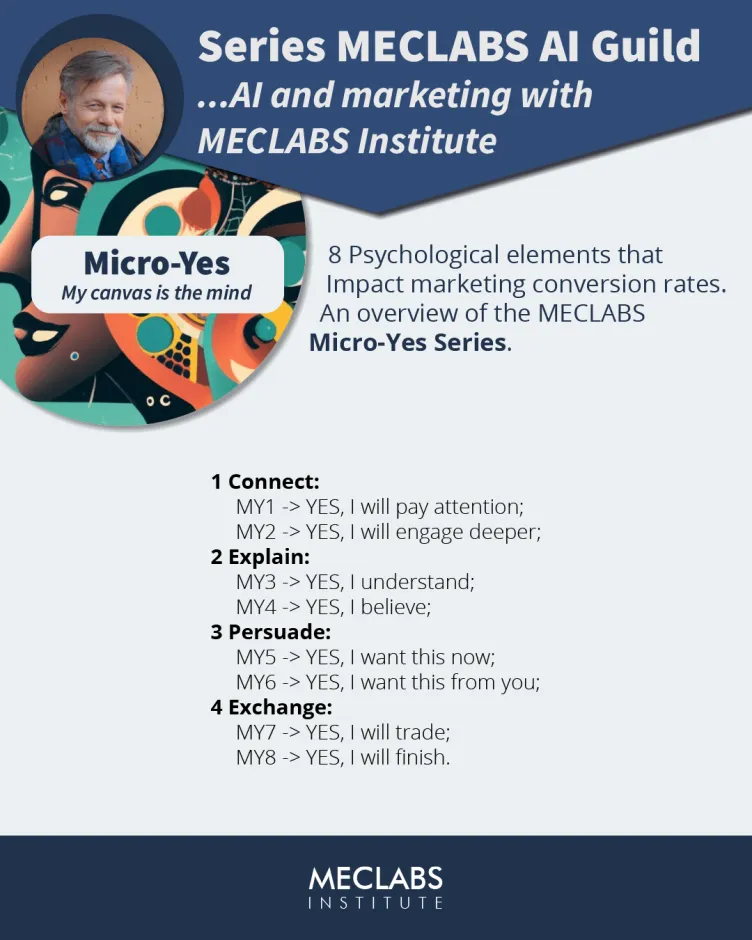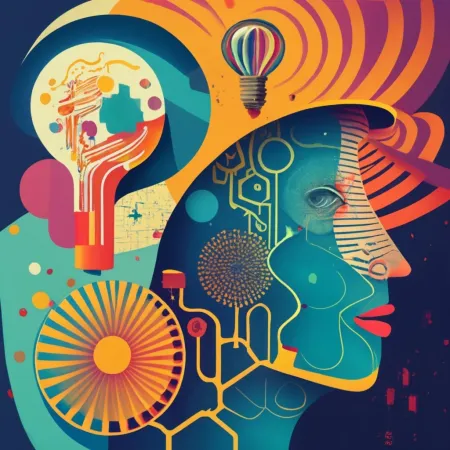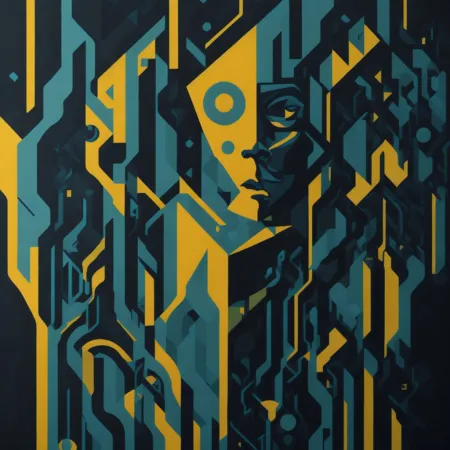Tap Into Your Customer's Mind: Psychology-Based Strategies for Higher Conversions
There is a psychology behind conversion. This psychology can be discovered, tested, learnt and applied. The new science of optimization, discovering how people make choices, is the area of expertise of MECLABS Institute . This article explores the MECLABS Eight Micro-Yes Architecture (MYA). To get a conversion, we have to win a progression of 8 yes(es) in the user's mind. Flint McGlaughlin , founder of MECLABS Institute, teaches the science and psychology behind the MYA. Below is my attempt to understand and retain these teachings.
For a bit of fun, I have linked some of my favourite McGlaughlin insights (coin-of-phrase) to abstract AI generated images. These, perhaps, depict those concepts. You will need to read further to understand my motivation and contextual relevance for these images.

This article's Use Case:
Unpacking conversion knowledge found in the MECLABS Institute free online course Become a Marketer-Philosopher.
All marketing is conversion marketing
In a recent MECLABS AI Guild session, McGlaughlin stated the following:
“Somebody might understand why I studied conversion in marketing. Let me tell you why, because there is no other marketing. I want to say it again. There is no other marketing. Marketing is designed to influence a decision. That's a conversion.”
Conversion knowledge distilled from 10 000 real-world experiments can be understood by taking the MECLABS Institute free online course.
Session 7 of the course covers the "Micro-Yes" series. The 8 "Micro-Yes(es)” forms the backbone of crafting high converting landing pages. The "Micro-Yes" series informs a cognitive journey a user needs to complete in order for a conversion to happen.
Two of my favourite McGlaughlin insights are;
“My canvas is not the page, it is the mind.”

An abstract image depicting the mind is the canvas for gestalt cognitive progression of assimilation of ideas, in contrast with a web page as the canvas., illustration, conceptual art, poster
“We do not design a web page, we design a cognitive progression.”

Cubist cascade unravels the paradoxical depths of the mind's canvas, weaving fragments of thoughts into geometric symphonies.
The 8 Micro-Yes(es)
The MYA is divided into four parts:
- Connect
- Explain
- Persuade
- Exchange
Connect
Our first task is to connect with the customer. This is the first thing our page needs to do. It should happen top of page. This seems to be an obvious statement, however we often spend too much time working on elements bottom-of-page such as the call-to-action. If we have not connected with our customer top-of-page, it does not matter what happens further down.
Under Connect, we have two Micro-Yes(es) that we need to win:
- YES, I will pay attention. This is the primary function of the Headline.
- YES, I will engage deeper. This is the primary function of the Sub-headline.
The ‘Why’ does not matter before the ‘What [McGlaughlin]’. First, the customer needs to understand what it is that we are offering. This leads to the third “Micro-Yes”, under Explain, I understand.
Explain
- YES, I understand.
- YES, I believe.
“If our customer does not understand, they can not believe. If they do not believe, they can’t perceive (the value)." McGlaughlin - Become a Marketer Philosopher - Session #7
Nothing can happen until we get the above 4 “Micro-Yes(es)” right. Once the customer believes, we can finally state our Value Proposition (VP). This leads to the next section.
Persuade
“Clarity Trumps Persuasion” McGlaughlin
Persuasion is not about coercion. It is not about trickery. We do need a sound Value Proposition that solves a real problem. Persuasion, then, is about articulating this clearly. If we do this correctly, we win the next two “Micro-Yes(es)”.
- YES, I want this now.
- YES, I want this from you.
A successful 5 and 6 does not mean we have won. Not yet. We have won the category, Persuasion. Which will lead to the final set, Exchange.
Exchange
- YES, I will trade.
- YES, I will finish.
Winning 7, YES I will trade, is an interesting one. We may be inclined to think, once this “Micro-yes” has been won, the transaction will happen. High shopping cart abandon rates tells us there is still a final yes. YES, I will finish.
About the images
The MECLABS AI Guild has been a game-changer for me. Not only do we look at conversion psychology, but also AI to great depth. This is from the perspective of conversion marketing. Within that we explore prompt engineering. AI image generation has some interesting applications.
Article Resources
AI generated version of this article
I am exploring and fine-tuning the capacity of Generative AI to facilitate learning. As a sub-set of this, the capacity to generate content.
To that end, I generated an AI version of this article.
I used the MECLABS Institute AI tool to generate this content. The MECLABS AI tool is trained on the MECLABS methodology. In terms of marketing, the tools outputs exceptional results.
In comparing this article to the AI generated, I make the following comments:
- There are gaps in the article that I wrote that AI included. This mainly revolved around theory and background knowledge.
- The styles are quite different.
Mind Map
Here is a mind map of the MECLABS Fast Class. The mind map includes Fast Class #7 and others.
Related articles
You may find the following articles of interest:
References
This article is based on the following resource:
Add new comment